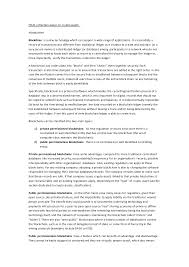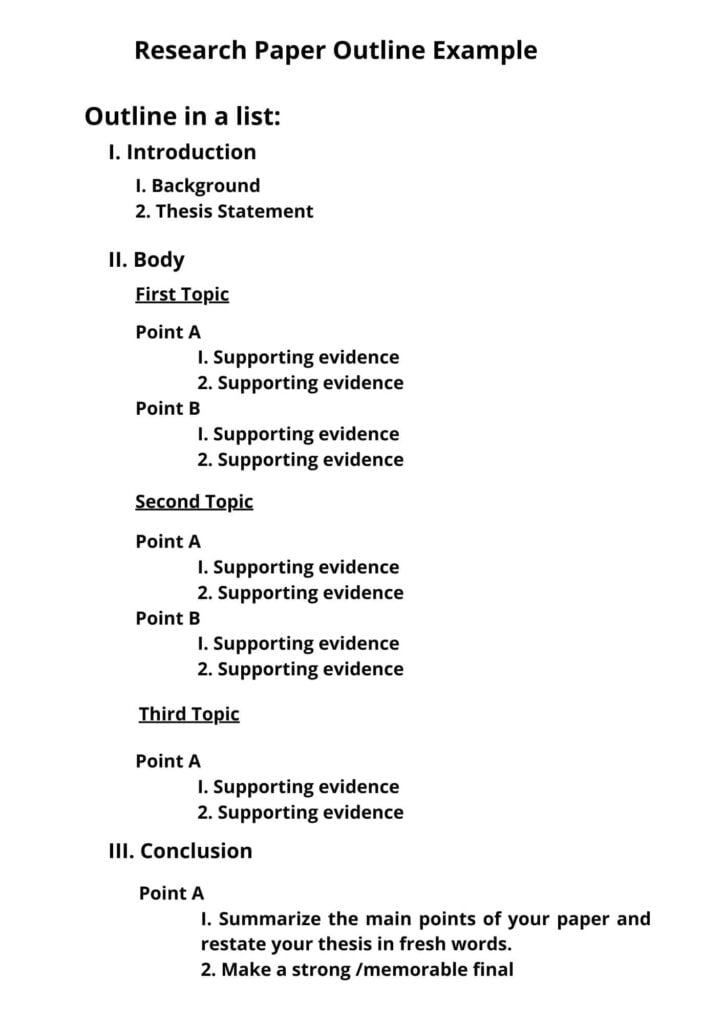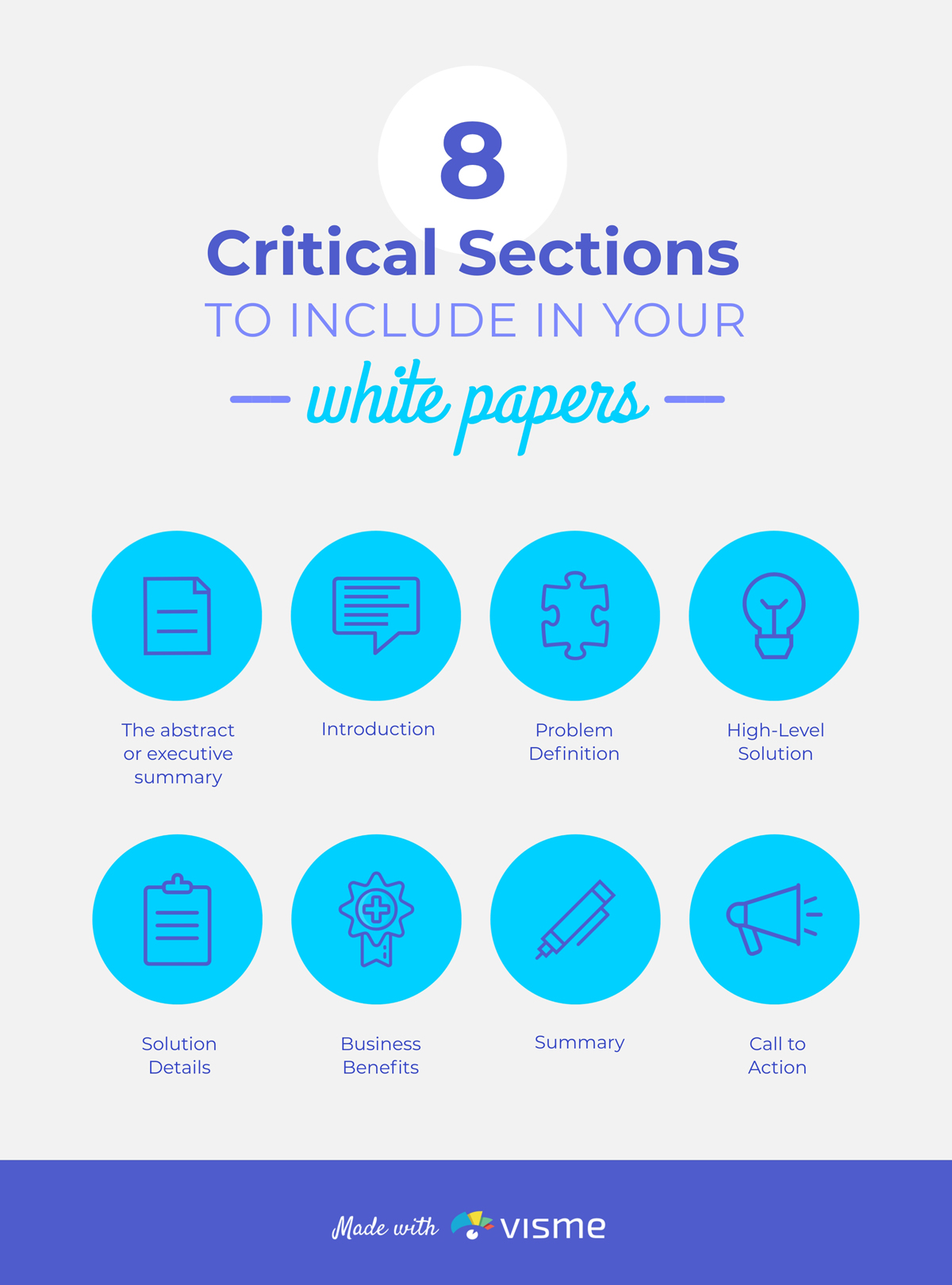If you are wondering how to write a review paper for scholarly publication, this article will provide you with some tips. First, decide on a topic. Once you have decided on a topic, you must decide on your target audience. Next, decide whether to write a mini-review or a full review. Also, be sure to include feedback from reviewers in your review paper. After that, you can start writing!
Choosing a topic
There are many different kinds of review papers, and the choice of one depends on the type of material you’re reviewing, your preferred style, and the number of coauthors you’d like to include. If you’re writing a review of a single article, you may want to focus on a current issue or one with sufficient research. If you’re writing a review of several articles, you may want to choose a topic that relates to a large number of people.
Once you’ve chosen a topic, you’ll need to do a preliminary search for relevant articles in the area. Choose at least three ideas and try preliminary searches on them all to make sure they are viable. Choose the topic that you think is the most intriguing and follow through on the other steps. For example, if you’re writing about a new project that will benefit many nurses, you’ll need to give readers enough details so they can implement the change themselves.
Choosing a target audience
The key to writing a successful review article is addressing a specific audience. This audience may be different from the one you’re writing for, and your target audience should be identified when you’re planning to submit your article. In addition, you should be aware of the limitations of journal articles before you begin to draft your review article. Some journals may not publish case reports, brief communications, or review articles, and some may only publish invited reviews.
Knowing who your primary and secondary audiences are will help you determine how much background and details to include in your article. The main objective of your article should be clear, so the reader doesn’t feel confused. By defining these two audiences, you can ensure that your article text is clear to both groups. If you don’t know who your target audience is, you may overstate a point or overexplain a concept, which may lead to your article being rejected.
Choosing between a mini-review and a full review
When writing a paper, it is important to choose the format for your piece. Mini-reviews generally contain less than 60 references. Full reviews, on the other hand, contain more than sixty references. Both types of articles should include a brief outline, a simple title, and a brief note about key issues or core concepts. Citations should be limited to the most important ones.
The choice between a mini-review and broader full review is largely dependent on the length of the review and the amount of literature cited. Some journals favour shorter reviews focusing on recent developments. However, you should keep in mind that a short review may not have as much material as a full review, as it is limited to just a few hundred words and citations. Although a mini-review may be more readable by busy readers, it will inevitably simplify some issues and leave out relevant material due to space constraints.
Including feedback from reviewers
Including feedback from reviewers when writing s review paper for a journal requires some care. Journals may have different requirements and styles of reviewers, so it’s important to know how to respond to their comments. Some reviewers will simply ask questions, which may be an indication that the manuscript requires further revision. Other reviewers will make recommendations about specific aspects of the manuscript, which should be pursued as a conversation.
If the reviews are not based on objective criteria, you’ll need to clarify them. Including feedback from reviewers helps you to focus on the most helpful parts of the manuscript and improves the usefulness of your report. In addition, clear guidelines encourage objectivity, which can reduce the number of unhelpful comments. It can be a good idea to also include any critiques of the writing style and organization.



